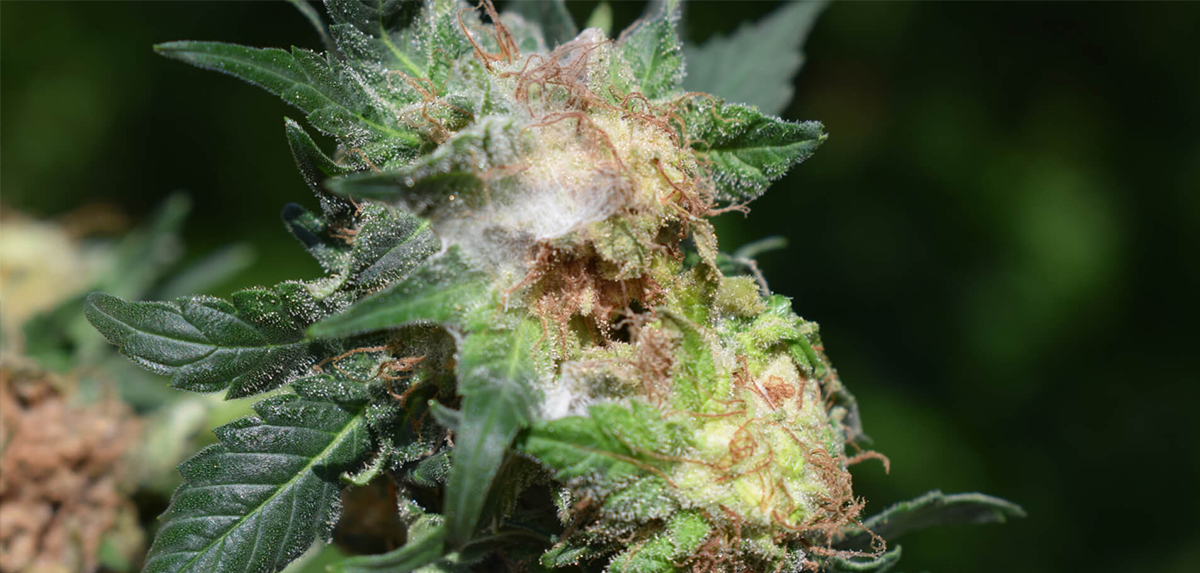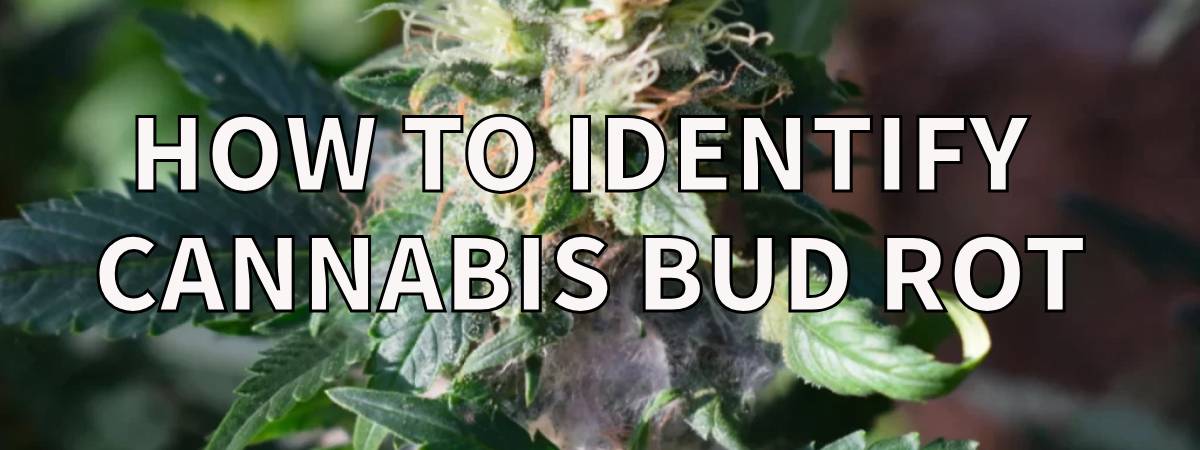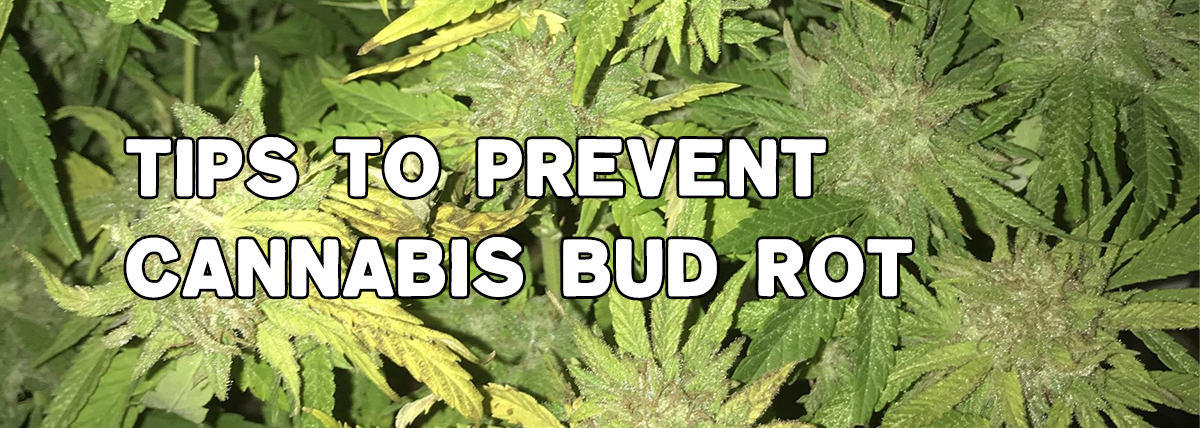
What is bud rot?
You may have heard of something called bud rot, but what exactly is it? Simply put, bud rot is caused by a fungus called grey mould, which attacks the more tender parts of the plant, especially the flowers and fruit.
Like a flower with a cold, it starts to develop greyish-white 'snot' (aka mould) and then it gets worse. This fungus is ubiquitous in the environment and thrives in damp, warm conditions.
What does bud rot look like?
If your plant is infected with bud rot, the flowers or some leaves would be covered with a grayish-white formation of mold. This mould will ultimately rot down the affected parts, and they may turn black and wilt.
Furthermore, the disease has a poignant odor since as the plant kind starts to decompose, it begins to produce a damp, rancid aroma.
What's the effect on cannabis?
If your cannabis plant has dense blooms, the environment will be relatively humid. This creates an ideal environment for gray mold to thrive.
When contaminated, the entire flower spike may quickly become infected, leading to collapsing curds and poor productivity. If the disease is not treated promptly, the entire plant may die.
How to identify cannabis bud rot?

Early detection can go a long way to reducing the damage if your weed crop is affected by grey mould. Here are some ideas to help you quickly identify if you have this problem.
1. Initial symptoms
In the beginning, bud rot is hard to notice since it prefers to “nibble” from the inside of the flowers. You can see some small water-stained spots where the petal meets the stem. These stains will gradually grow and eventually reveal dying mildew together with a gray-white color.
However, from the outside, the flowers do not yet look affected – only when taking them apart, it becomes clear that something is going on inside. The flowers are virtually undamaged, but, in fact, the problems are already forming within it.
2. Obvious changes
Over time, as the disease worsens, you will see more and more of the greyish-white mould on the flowers. It may start as a few small patches on the flowers, but eventually it will spread over the whole flower spike.
Touching the flowers will reveal their status: they will immediately feel soft to the touch, while the green colour will instantly change to brown or black。
3.Touch and smell changes
Moreover, infected flowers will suddenly become wet and a bit sticky. The thing is, gray molds rupture cells in flowers and make fluid leak out.
Flowers will start to give off a musty or a full-on rotten odor. Once it becomes clear that this smell is present – one can safely assume that the problem is serious.
Tips to Prevent Cannabis Bud Rot

1.Environmental control
The first priority is the environmental control of the growing environment to be dry and well-ventilated. By using fans and ventilation systems, the air motion is modulated, and the moisture trapped between plants is reduced. Pay attention to room temperature and humidity, especially in wet or rainy seasons, to ensure their acceptable limits.
2. Proper plant management
Ensure that plants are properly spaced or spread out. Enclosed plants restrict air circulation and lead to moisture build-up, which is a common factor leading to grey mould on plants. Regularly branching or defoliating parts of the plant to increase air circulation can increase air circulation and light at the base of the plant.
3. Enhance plant resistance
Plants can be properly fertilized to increase nutrients. At the same time, care should be taken to avoid applying too much nitrogen to the plant, which will make the plant more susceptible to gray mold infection.
4. Regular monitoring and early intervention
Check the health of your plants regularly, especially as they begin to grow. Flowers, buds, and leaves should be inspected for any changes, such as spots, discoloration, or mold. As soon as the first signs are detected, isolation and intervention measures should be taken to prevent the disease from arriving.
Everyone knows that the harm of bud rot is a bit of a headache, but as long as we detect and deal with it in an early stage, or take appropriate preventive measures before growing, we can reduce the damage to the plants. If you would like to learn more about cannabis growing tips or grow lights, you can contact us by clicking on the box below.























